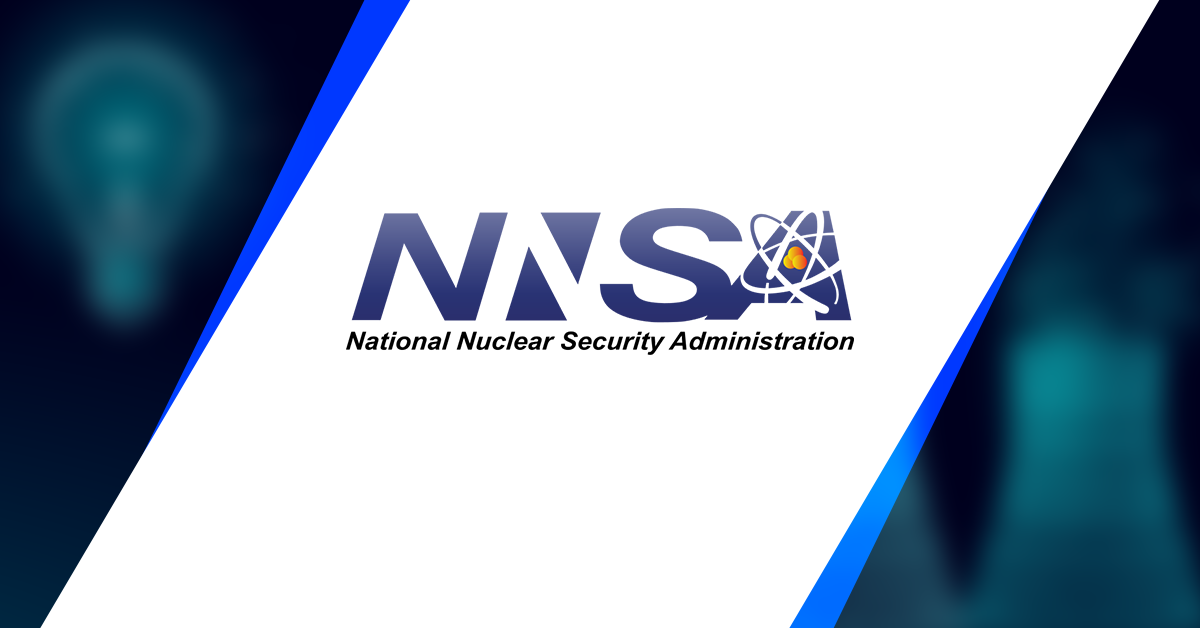 Stanford University has received a potential five-year, $1.73 billion contract from the Energy Department to continue to operate and manage the Menlo Park, California-based SLAC National Accelerator Laboratory.
Stanford University has received a potential five-year, $1.73 billion contract from the Energy Department to continue to operate and manage the Menlo Park, California-based SLAC National Accelerator Laboratory.
The contract will run from Oct. 1 through Sept. 30, 2022, and includes provisions in response to DOE™s Commission to Review the Effectiveness of the National Energy Laboratories guidelines that seek to advance use of contracting methods to facilitate management of national labs, DOE said Monday.
Stanford President Marc Tessier-Lavigne said in a statement published Monday the university is proud to extend its partnership with DOE to run SLAC through the contract.
œOur growing partnership allows us to leverage the unique resources and expertise of both organizations to advance scientific discovery and develop next-generation research facilities, he added.
The university has operated SLAC since the lab’s establishment in 1962.
SLAC is one of DOE™s 17 national labs and supports research efforts across the areas of particle physics, fusion energy science, instrumentation and detection, chemical science and material science.
The national lab runs three facilities for the department™s office of science and those include the Stanford Synchrotron Radiation Lightsource, Linac Coherent Light Source and the Facility for Advanced Accelerator Experimental Tests.
SLAC accommodates approximately 2,800 guest researchers annually and hosts development work on a digital camera designed for use in astronomy – Large Synoptic Survey Telescope “ that will be installed at a facility in Chile.






